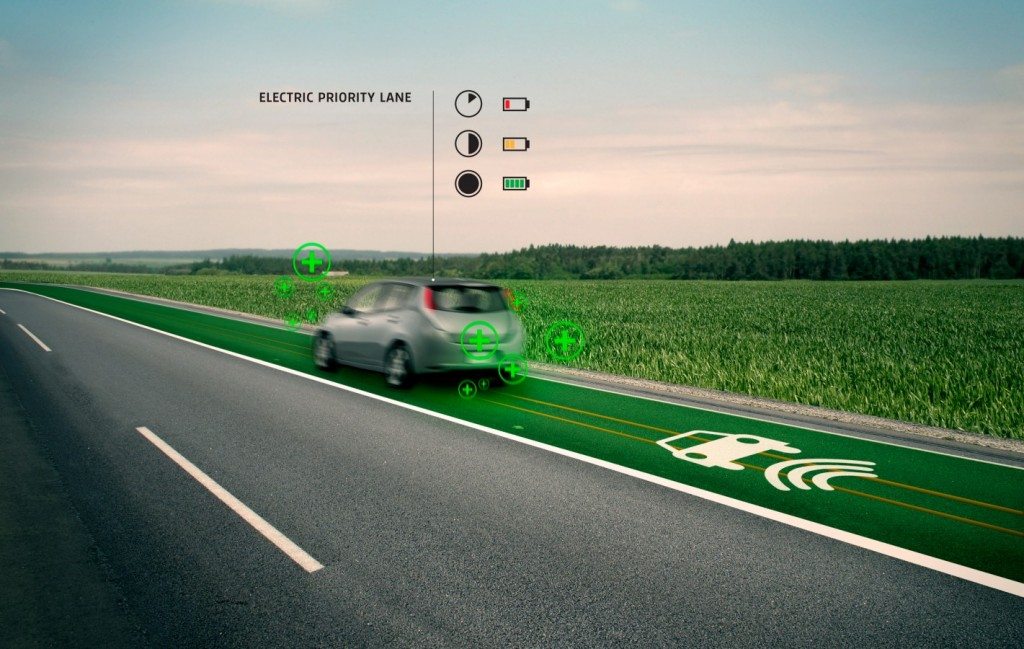Abu Dhabi’s Green Roads manual, to be published in 2013, will set out standards for more eco-friendly approaches to road building, officials have said.
It will promote a classification system to cover a construction project, from planning, design and construction through to maintenance and operation. The aim is to reduce carbon dioxide emissions involved in road construction by up to 30%, while also cutting costs.
Currently one mile of two-lane asphalt road with an aggregate base can require up to 25,000 tons of aggregate. Once the removal of unsuitable material from site is factored this equates to roughly 5,000 truck movements. The total construction can emit pollution equal up to 3,000 tons of CO2.
Abu Dhabi’s new road standards will be built with recycled asphalt and concrete. The municipality believes this change will improve the emirate’s environmental footprint.
One technique the manual promotes is recycling asphalt and other building materials, such as the concrete from demolished buildings being used as aggregate.
Abu Dhabi has already conducted studies into the use of such materials, including a project in Shahama last year that cut the costs of pavement construction by 25%. A similar project in Bani Yas, is testing other techniques, such as reducing the thickness of pavements.
An Abu Dhabi municipality official said similar manuals from other countries, including the United Kingdom, United States and Australia, were being studied.
In addition, he said the Dutch are experimenting with smart highways and solar powered signage.
Dutch road design expert Daan Roosegaarde, said: “I think the future of roads is important because when we look at cities, and almost everyone lives in cities, they are more determined by roads than architecture and buildings – so roads are super important in the way they look and behave.”

